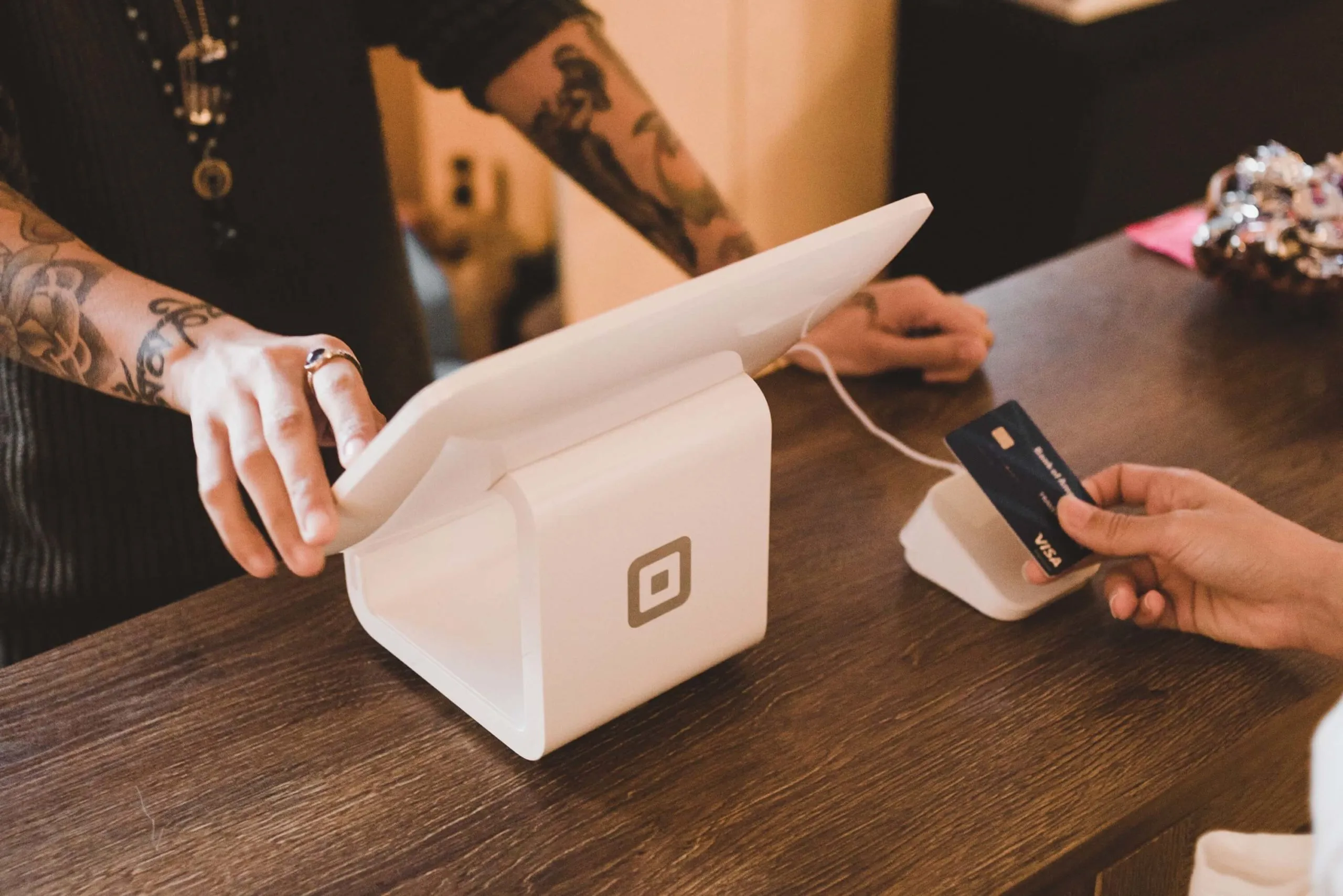Are you transitioning from B2B to D2C and joining the eCommerce revolution? Fitting the direct-to-consumer roadmap into your wholesale model seems like an impossible puzzle to solve. You have all the pieces, but putting them together to create a bigger, better picture takes a bit of problem-solving. Owning your consumer while balancing your B2B relationships is possible by refining your message, finding the right partners, and supporting retailers.
Speaking a New Language
Expand your operations team to include customer service and small-order processing. Plan sales and marketing campaigns that reach your audience in their everyday lives. Make space for your customers as they discover, consider, purchase, and return for more.
Understanding your consumer journey helps you determine what message you need to convey and when. First, make consumers aware of your brand’s positioning in the marketplace. What problem are you trying to solve for them? How will they identify with you and become aware of your solutions?
Second, figure out where your buyers are likely to take action. What social media platforms do they use? How much information do they want before making a purchase, and how can you provide that information to them? Lastly, nurturing customer relationships is much different than business relationships. Be prepared to take extra efforts to make repeat business a healthy revenue stream.
It’s worth considering creating a sub-brand within your business, specifically for D2C. Find out which of your products and services make the most sense to market to consumers directly and develop a brand around those solutions.

Find the Right Partners for the D2C Model
Manufacturers, distributors, and other wholesale partnerships were your MVPs for the longest. You likely generated and retained business with a team of account managers. Now it’s time to consider partners in marketing and payment processing specifically for direct-to-consumer/eCommerce.
Get ready to up your marketing and advertising game. If you are tweaking your branding, a creative agency can help you create the perfect look. At the same time, appearance isn’t everything! Use a performance marketing partner focused on data and testing strategies, so your beautiful ads and landing pages produce results. Not sure where to start? Try our free marketing analysis, and we’ll get you on the right path .
Find an electronic payment system that makes it easy for customers to make purchases (#getpaid). Your website may need to be updated or completely redesigned, but ensure your developer integrates an excellent checkout platform. Processing payments from other businesses, usually done by invoicing, is much different than taking payments from a customer. Be prepared to find a new solution partner so customers can place orders efficiently and quickly.
Manage B2B Relationships while becoming a competitor
Hopefully, your retail partners support your transition. Either way, be mindful that you are becoming a competitor by selling directly to consumers. Ultimately, if you do not end your wholesale operations, striking a successful balance between B2B and D2C requires a little synchronizing with retailers.
Don’t be afraid to own your consumer and make no apologies for it ! Building relationships with your customers directly increases brand awareness, which drives traffic and retailers to your website. Collaborate with your retail partners to find ways to elevate business for both of your companies.
In addition to being collaborative, be supportive. Appeal to traditional shoppers who use their senses to make purchase decisions by letting them know where they can find your brand. Include web pages like “Find us in stores” or “Find us elsewhere.” Sure, that might mean you don’t win their direct sale at first. But, if a retail partner has a trustworthy reputation, customers may be more likely to purchase from you directly next time.
Transitioning, growing, evolving – whatever you want to call it – it all means that your business is changing and moving in new directions. Going from wholesale to e-commerce is a business decision you’re not making alone. Consumers are aligning their purchasing behavior with private, personal lifestyles. So, building brand equity is a smart move. Learn the D2C language and start speaking it in every part of your business. Find a marketing partner specializing in profitable growth and scaling customer acquisition. Then, collaborate with and support your business relationships.
If you still feel like a piece to your puzzle is missing, let’s find it together .























